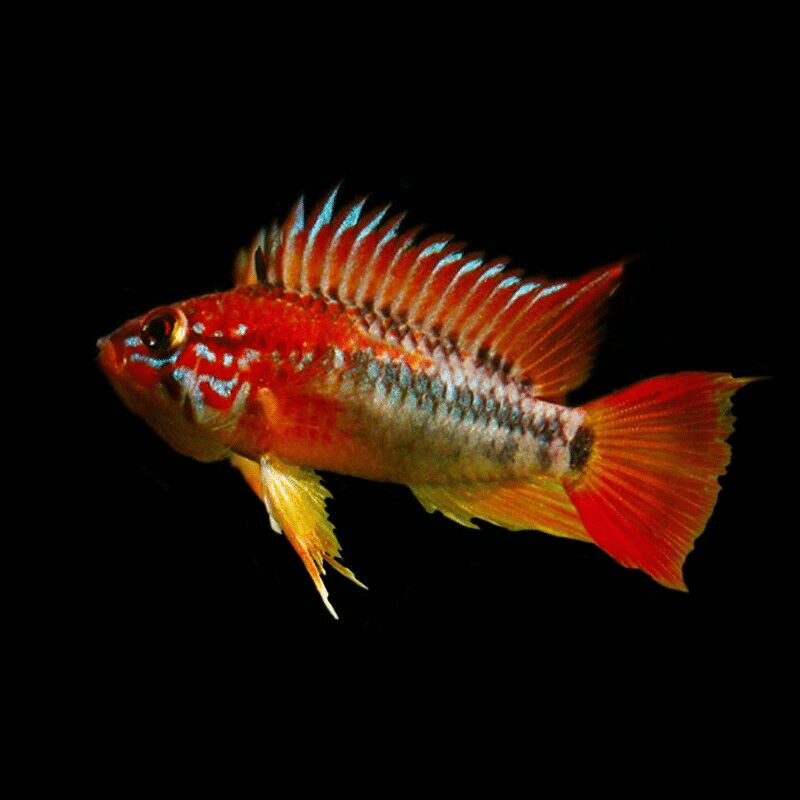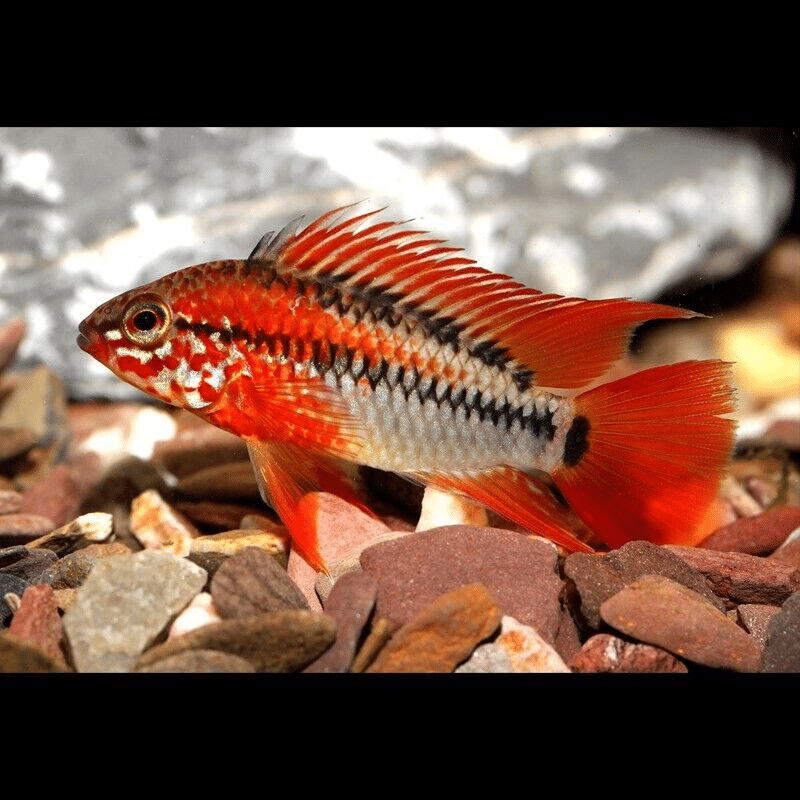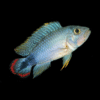To provide the best experiences, we use technologies like cookies to store and/or access device information. Consenting to these technologies will allow us to process data such as browsing behaviour or unique IDs on this site. Not consenting or withdrawing consent, may adversely affect certain features and functions.
The technical storage or access is strictly necessary for the legitimate purpose of enabling the use of a specific service explicitly requested by the subscriber or user, or for the sole purpose of carrying out the transmission of a communication over an electronic communications network.
The technical storage or access is necessary for the legitimate purpose of storing preferences that are not requested by the subscriber or user.
The technical storage or access that is used exclusively for statistical purposes.
The technical storage or access that is used exclusively for anonymous statistical purposes. Without a subpoena, voluntary compliance on the part of your Internet Service Provider, or additional records from a third party, information stored or retrieved for this purpose alone cannot usually be used to identify you.
The technical storage or access is required to create user profiles to send advertising, or to track the user on a website or across several websites for similar marketing purposes.



















Emily Carter (verified owner) –
I recently purchased a pair of Apistogramma Macmasteri «Red Mask», and I couldn’t be happier! These little American cichlids have been a delight to watch in my 30-gallon tank. After about two weeks, they settled beautifully, showcasing their vibrant colors and charming behaviors. The male’s striking red mask is truly a showstopper, and the female is equally stunning with her delicate patterns.
I’ve kept several dwarf cichlids before, but this pair really stands out for their engaging personalities. They’ve started to create little territories, which added an exciting dynamic to my tank. I did notice they can be slightly shy at first, so providing plenty of hiding spots made a significant difference.
Shipping was efficient, and both fish arrived healthy and active. I recommend these fish for hobbyists who appreciate a peaceful community tank but want a little excitement. Just be mindful of their need for a well-planted environment. Overall, if you’re looking for vibrant dwarf cichlids that bring life to your aquarium, I wholeheartedly recommend this pair! I would definitely buy again!
Emily Carter (verified owner) –
I recently added a pair of Apistogramma Macmasteri, also known as Red Mask Dwarf Cichlids, to my 30-gallon community tank, and I couldn’t be happier! After just a week, I’ve seen them settle in beautifully. The colors on both the male and female are vibrant, especially the male’s red mask that contrasts perfectly against the soft blues and greens of my aquascape. These freshwater fish are not only stunning to look at, but they are also quite personable. They interact with me as I approach their tank, which makes for an engaging aquarium experience. I’ve had experience with other dwarf cichlids, but this pair really stands out due to their unique coloration and charming behavior. They are gentle with my other fish but assertive enough to hold their own when necessary. Just a note: they do appreciate hiding spots, so make sure to add some driftwood or caves to your setup. I highly recommend these little beauties for anyone wanting to enhance their aquarium with lively, colorful fish that thrive in a well-maintained environment. If you’re an aquascaping enthusiast like me, this pair is a must-have!